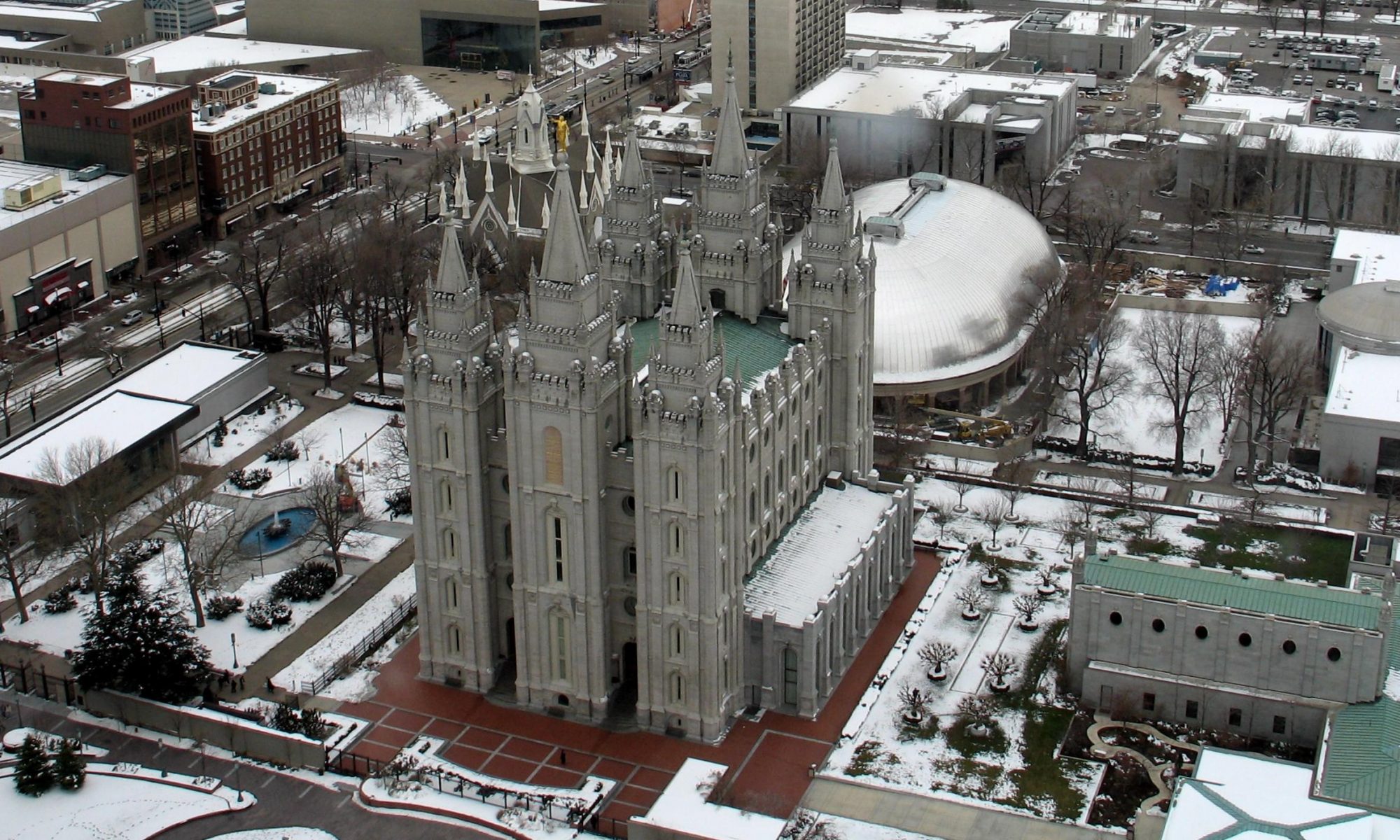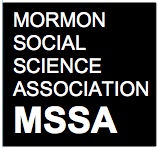Here is Lynn Payne’s response:
Here is Richard Stamps’s response:
Here is Armand Mauss’s response:
Here’s Mike McBride’s response:
Finally, here is Donald R. Snow’s response:


Mormon Social Science Association
bringing social science to Mormonism
Here is Lynn Payne’s response:
Here is Richard Stamps’s response:
Here is Armand Mauss’s response:
Here’s Mike McBride’s response:
Finally, here is Donald R. Snow’s response:
A: Unfortunately, this question is not easily answered as the LDS religion does not publish these numbers explicitly. The answer can be estimated from the growth figures found in the LDS Church Almanac as well as some numbers in a few other sources. To calculate this number you would actually need all of the following information:
Only one of the above numbers is readily available, the annual number of converts. That number is published in the LDS Church’s Deseret Morning News Almanac on a yearly basis (usually with a 2 year lag in reporting the numbers, i.e., in 2007 they reported converts through 2005). The percentage of adult and child converts has been reported in the past (and used to be included in the same Alamanac, but is no longer). Most recently, the LDS religion reported these percentage on their website here.
Because we do not have all of the data we would need to actually calculate the exact percentage of Mormons who are first-generation and second-, third-, fourth-generation and so on (i.e., 2nd-generation+), the best we can do is estimate this. Gary and Gordon Shepherd did some of these calculations in an article published in Dialogue (Shepherd, Gary. and Gordon. Shepherd. 1996. “Membership Growth, Church Activity, and Missionary Recruitment.” Dialogue: A Journal of Mormon Thought 29(1):33-57.), which gives us a few key points of data that allow us to improve our calculations.
We can use our “known” information to estimate the “unknown” information. Our “known” information includes:
If you use growth data going back to 1930 (which is about the average lifespan of people in the US) and estimated ratios of adult/child converts (assuming linear changes in the ratio over that time span), you can estimate the total number of first-generation and 2nd-generation+ members of the religion (see attached Excel spreadsheet). The numbers you arrive at indicate that somewhere around 65% of Mormons are first-generation; ~35% are 2nd-generation+.
Keep in mind that these are estimates, not actual numbers. This is a BEST GUESS based on limited data. Additionally, these estimates should be qualified with some of the things we do know about Mormon growth. First, based on the sociological literature and the work of some members of the MSSA, it is pretty safe to say that the growth numbers are exaggerated (see recent papers by Rick Phillips and David Knowlton). Additionally, we know that second generation members are more likely to stay members than are converts (Hadaway, C. Kirk and Penny Long Marler. 1993. “All In The Family: Religious Mobility in America.” Review of Religious Research 35:97-116.). Finally, it is very likely that these numbers vary by region, with the most second+ generation members in Utah, followed by the U.S., then other regions. With all of these qualifications taken into consideration, more accurate estimates are probably something like: 40% to 50% of Mormons are 2nd-generation+; 50% to 60% of Mormons are first generation converts.